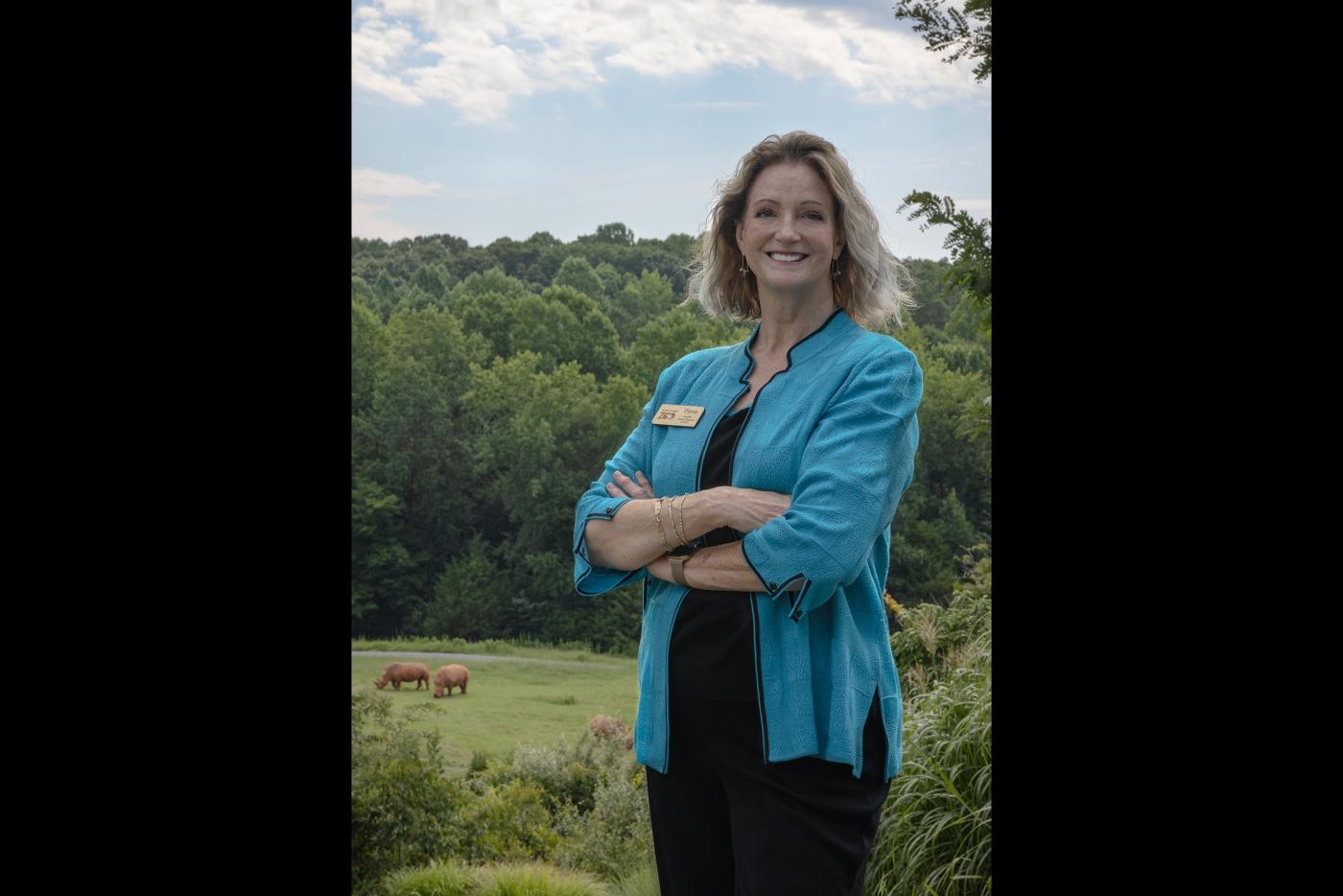Diane Villa, deputy director and chief communications officer for the North Carolina Zoo, has been named interim director of the Zoo following the passing of Director and CEO Pat Simmons. The Zoo is part of the N.C. Department of Natural and Cultural Resources. Villa will lead the N.C. Zoo during a national search for a new director.
“Diane’s many years of experience at the Zoo and her role as a member of the senior leadership team make her uniquely qualified to lead the North Carolina Zoo through this transition period,” said DNCR Secretary Pamela B. Cashwell. “I am grateful for her willingness to take on this important role at one of North Carolina's most beloved institutions.”
During her 31 years working at the North Carolina Zoo, Villa has served as the Zoo’s director of communications and marketing, curator of design, and art director. In her current role of deputy director and chief communications officer, she leads the Zoo’s communications section, which includes marketing, public relations, social media, graphic design, guest services, special events, and park security/emergency operations. She is also involved in the community, serving on the Randolph County Tourism Development Authority Board of Directors.
“I am honored and grateful for the opportunity to lead the North Carolina Zoo in this interim period,” Villa said. “Under Pat’s leadership, the Zoo built a thoughtful and creative community that I will continue to nourish as we move forward to opening Asia in 2026.”
Villa holds a Bachelor of Fine Arts degree from East Carolina University and served for five years with the United States Air Force prior to working at the North Carolina Zoo.
About the North Carolina Department of Natural and Cultural Resources
The N.C. Department of Natural and Cultural Resources (DNCR) manages, promotes, and enhances the things that people love about North Carolina – its diverse arts and culture, rich history, and spectacular natural areas. Through its programs, the department enhances education, stimulates economic development, improves public health, expands accessibility, and strengthens community resiliency.

